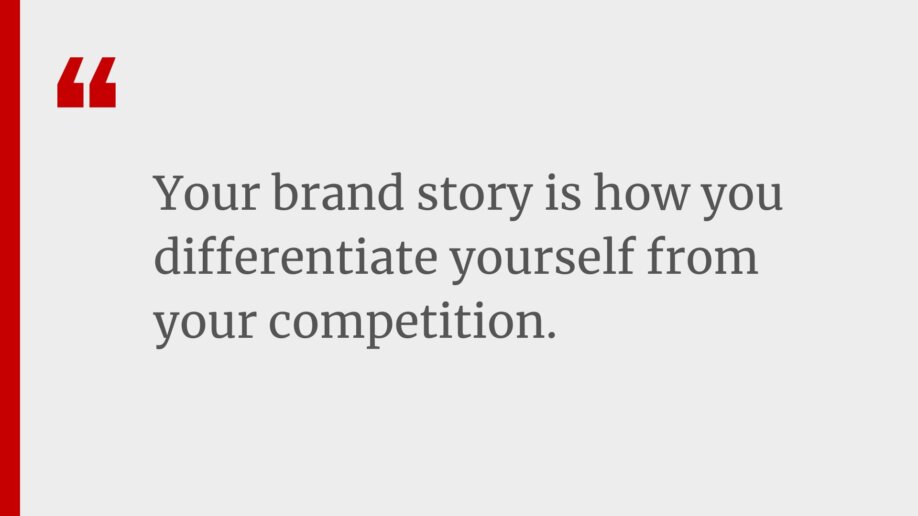In Part 1 of “Unlocking Your Creative Potential” I shared with you three important questions to help you better understand how you can leverage a lifetime of your work experience, skills, and abilities to optimize your career path.
In Part 2 I shared with you a simple framework to structure your outreach such that you can build genuine relationships with new people (instead of bothering them), reconnect with existing connections, and optimize your network.
👉 If you’re struggling to figure out the next best steps in your creative career – or if you’re clear on what to do next, but you don’t know the right people – want to hop on Zoom to figure out where to focus your attention next?
No matter if you have the strongest referral network imaginable – or if you have zero connections and your only hope is applying cold to random jobs – at some point you’ll need to pass along a résumé, a reel, your website, portfolio, etc etc.
If you want to see the look of abject terror on a creative person’s face, all you have to do is say the following: “Send me your stuff.”
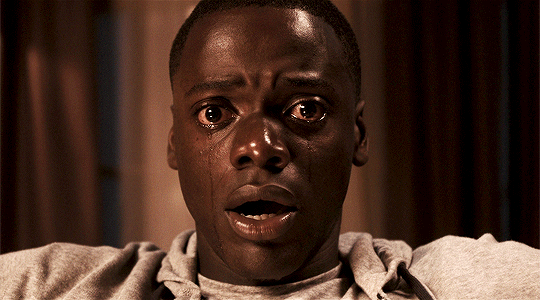
No matter if your “stuff” is:
- Your résumé
- Your cover letter
- Your demo reel
- Your portfolio website
- Your LinkedIn profile (or other platforms)
You’ll need to stand out amongst hundreds (if not thousands) of similarly qualified candidates all fighting for the exact same opportunities in this hyper-competitive market.
That’s why the story you tell in all of your presentation materials needs to be clear, succinct, specific, engaging, and above all unique.
If you find that your résumé is disappearing into cyberspace nary to be seen ever again, it’s probably not just because you need to tell your story better.
The problem is you’re telling the wrong story → Yours.
Nothing personal…but it’s not about you.
Part 3: Optimizing Your Brand
Nowadays it seems like everyone needs their own “brand.” Social media (especially Instagram) is rife with influencers peddling their brand having no understanding of what a brand even is.
“Branding” is not a synonym for “marketing.”
Your marketing can constantly change and evolve over time. Your brand, however, is a core set of values, beliefs, and most importantly the feeling you create when people interact with you and your product or service.
Here’s an example of how your brand can differentiate you from your competition.
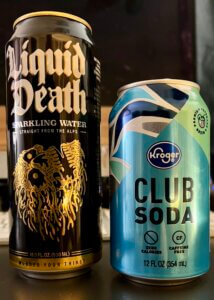
If you’re a member of the Hell’s Angels (or an extra on the set of Sons of Anarchy) you probably wouldn’t be caught dead holding a can of Pellegrino, La Croix, or (gasp) bargain basement club soda. Liquid Death is probably your sparkling water brand of choice.
Conversely if you’re an introverted creative working in an office amongst similar-minded co-workers, a Pellegrino or La Croix would blend right in (just don’t get me started with people who can’t pronounce La Croix properly).
Two very different brands for two very different audiences.
Yet the ingredients of both of these products?
Water. Carbon Dioxide.
We often choose one product over it’s competition because of how we identify with their brand and how they make us feel, not just because of their features.
- Mac vs PC
- Coke vs Pepsi
- Ford vs Chevy
- Nike vs Reebok
- McDonald’s vs Burger King
- Avid vs Premiere
- Playstation vs Xbox
We can argue all day about specific features of each of the above and which is better or worse, but we often associate ourselves with a brand (and remain loyal to it for years or even decades) because they understand who we are and make us feel something.
Apple is the largest company on the planet largely because they understand their audience. (They’re not so bad at product design either.)
Apple’s branding makes it clear they understand WHY you buy their products (because you’re a creative who Thinks Different).
Apple’s marketing tells the story of HOW their products solve your problems (you want to do creative work without the cumbersome nature of stuffy programs designed for corporate people working for companies like Microsoft).
And no matter the product – the iPhone, iPad, Vision Pro, Apple Watch, etc etc – it’s very clear that a core value of the Apple brand is built around aesthetics and simplicity because they understand that’s what resonates with their audience.
The best brands in the world don’t tell their stories, they tell yours.
Are you doing the same with your résumé? Your demo reel? Your website’s “about” page? Your LinkedIn profile? In job interviews?
If all of the above are disappearing into cyberspace, I’ll bet good money it’s because you’re telling your story and making it all about YOU.
Here’s a list of the most common “ingredients” I see on résumés:
- Organized
- Team player
- Deadline-oriented
- Passionate about storytelling
- Good with workflows
- Proficient in software A, B, and C
- Able to execute your vision
If you have all of the above traits and this is the story of your brand, great. It’s also everyone else’s story. Outside of going after entry level jobs, once you start working at a higher level, basic proficiency is automatically assumed.
People aren’t interested in what makes you the same.
People want to know what makes you different.
And your brand story is how you differentiate yourself from your competition.
How Understanding His Brand Led Marc Wiltshire to His Dream Job
When editor Marc Wiltshire originally signed up for his first “Hot Seat” with me back in mid-2020, he shared the following:
“I’m an editor and father whose career took a side-step when my show was canceled. I took an Assistant Editing job to support my family. Now I’m not sure how to get back in the edit chair. I’ve been texting/emailing with old colleagues, editors, show runners, producers to stay on their mind, but so far they don’t have any prospects. I’ve tried contacting my network but almost everyone is in the same situation.”
And Marc then asked the following:
What steps can I take to enhance my chances of getting hired once productions resume?
Like any good (read: annoying) coach, I didn’t give Marc the answer. Instead, I asked him the following 3 questions instead:
- Who is your audience?
- What are their problems, and how do you solve them?
- What’s the elephant in the room, and how can you overcome it?
And like most everyone else, Marc’s answers were very generic.
- My audience is directors & producers.
- They need an editor good at telling stories and delivering on a tight deadline.
- The elephant in the room is I have the skills, but I don’t have the experience.
Over the course of several Hot Seat sessions Marc and I completely ripped apart the current version of his résumé & website – and most importantly we workshopped how he presented himself in job interviews – to differentiate his “brand” from the many other editors with more experience that he was competing with.
We narrowed down his audience from “directors & producers” to be very specific about his EXACT audience – the executive producer of a show like Wu-Tang (his dream job).
We clarified the problems he solves far beyond “storytelling” and “meeting deadlines” to instead demonstrate Marc excelled specifically with stories driven by music and culture (like Wu-Tang).
And we helped him overcome the giant elephant in the room – that he didn’t have the right credits (and he was an assistant!) – by talking about the character traits, knowledge, skills, and life experiences that made Marc THE best choice to edit a show like Wu-Tang.
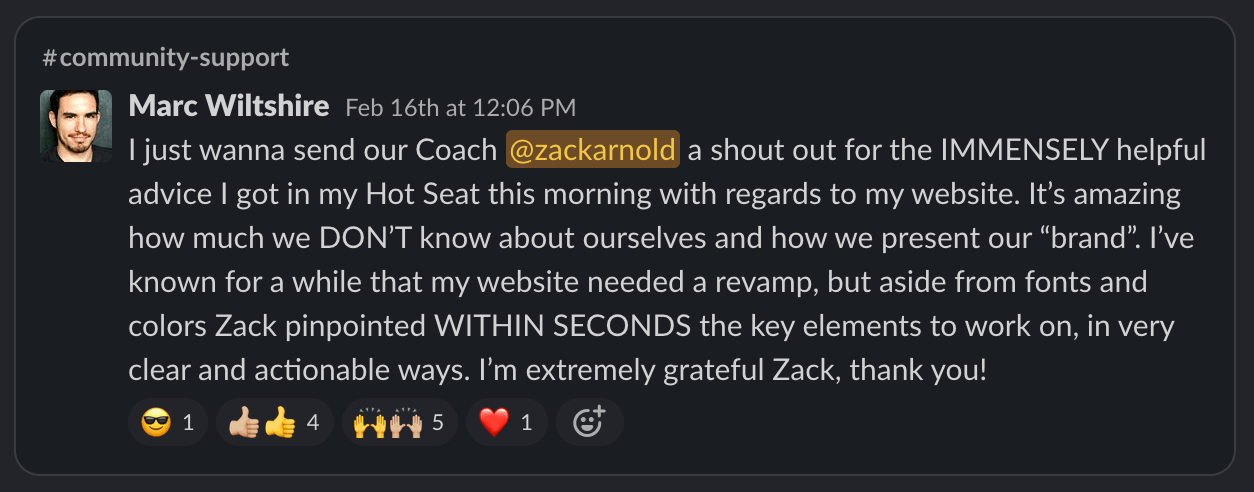
Shortly after our hot seats together – specifically a mock job interview – I received the following Slack message from Marc:
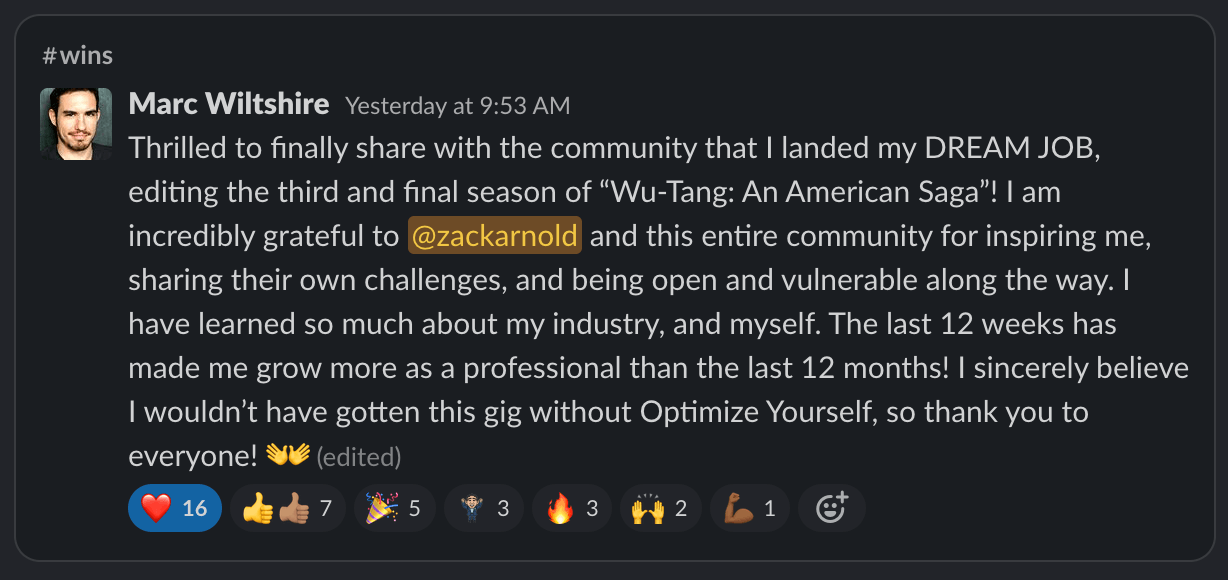
Once you realize it’s not about your story – it’s about theirs – the game changes. And dream opportunities you never believed possible can become your reality.
👉 Learn how optimizing his brand landed Marc his dream job
Interested In Optimizing Your Brand?
This semester I’m launching a brand new live class (via Zoom) to help you update all of your job submissions materials, tell a clearer story to your core audience about how you solve their problems, and most importantly optimize your brand.
You’ll walk away after 8 weeks with any (or all) of the above:
- A résumé (or résumés) tailored to the exact needs of your audience
- A portfolio website with a killer “about page”
- A LinkedIn profile (or the platform of your choice) that leads to more connections and even job interviews
- A clear outline for the story to tell in job interviews (and the right questions to ask) to differentiate you from your competition
👉 Click here to learn more and/or schedule a Zoom chat
Tomorrow in Part 4 of this series we’ll dig deeper into the obstacle that’s most likely standing between you and everything you want out of your life → Time.

